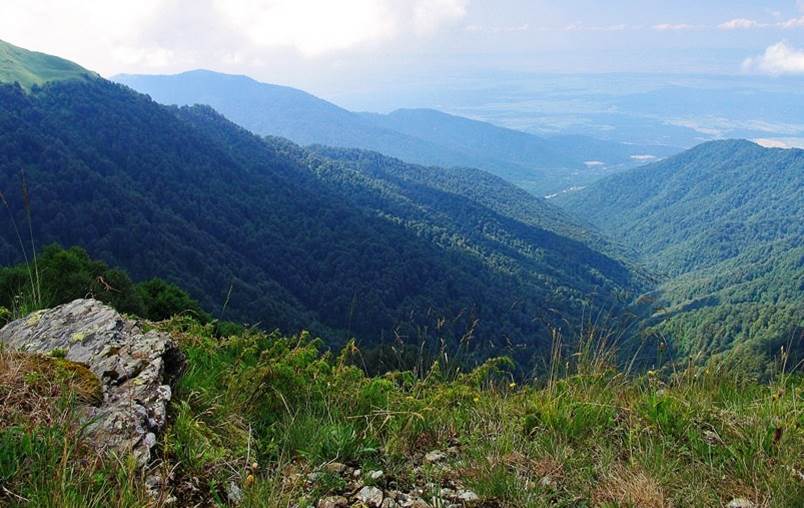The Georgian Expert Assessment Group for the Green List established
The Green List journey has started in earnest in Georgia, with the formation of an Expert Assessment Group for the Green List (EAGL). Comprised of national experts from a range of diverse backgrounds, the 10 members of the Georgian EAGL are ready to lead the Green List work in their country. EAGLs are the national expert bodies set up within a jurisdiction, e.g. a country or region within a country.

Photo: Jennifer Kelleher
The first meeting of the EAGL is already being planned, where they will be trained on the IUCN Green List programme, including the IUCN Green List Standard, the User Manual and COMPASS (the internal data management system) platform. Their first major task will be to adapt the indicators of the principles of the IUCN Green List Standard into the Georgian context. The adapted indicator list will soon be published for public consultation, please check the IUCN Green list website for updates. This ensures that the IUCN Green List fulfils its tagline of “globally consistent, locally relevant”.
Georgia has incredibly diverse landscapes and is a haven for biodiversity, ranging from woodlands and forests to alpine terrain to desert and has a long coastline bordering the Black Sea. This rich myriad of biomes is protected under Georgia’s robust system of protected areas. Categories of protected areas in Georgia include strict nature reserves, national parks, natural monuments and habitat management areas, and newly proposed, although not yet designated, Multiple Use Landscapes. Georgia already has a strong tradition of assessing their protected areas for the last 15 years and are keen to continue this tradition by also adding the good governance component.
The IUCN Green List of Protected and Conserved Areas is the first global standard of best practice for area-based conservation. It is a programme of certification for protected and conserved areas – national parks, natural World Heritage sites, community conserved areas, nature reserves and so on – that are effectively managed and fairly governed. By giving recognition to well-managed and well-governed protected and conserved areas, the IUCN Green List aims to increase the number of natural areas delivering long-lasting conservation results for people and nature.



